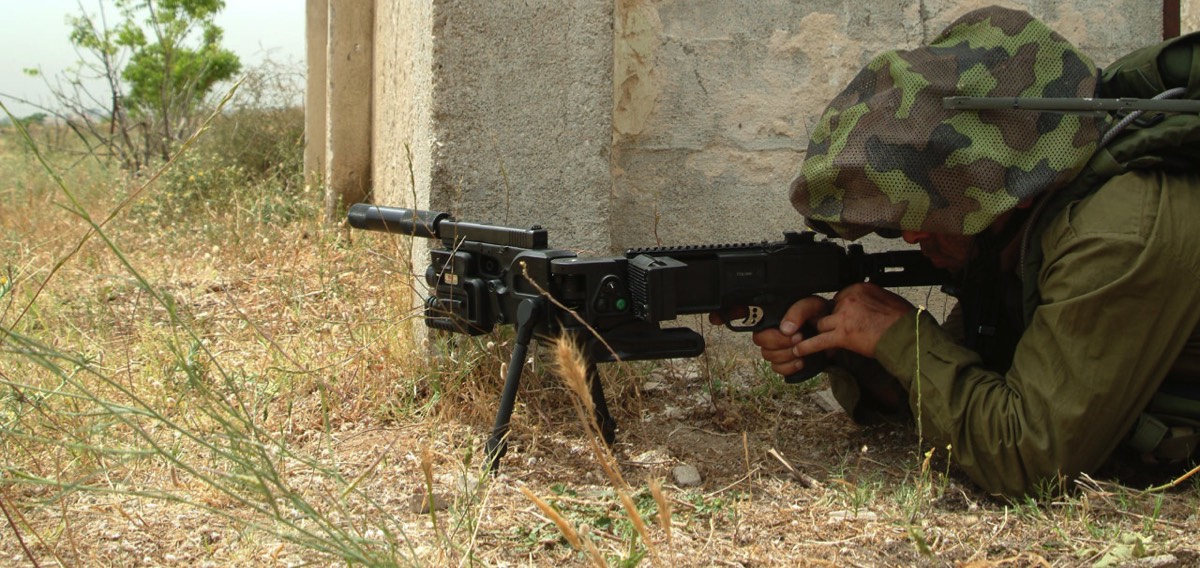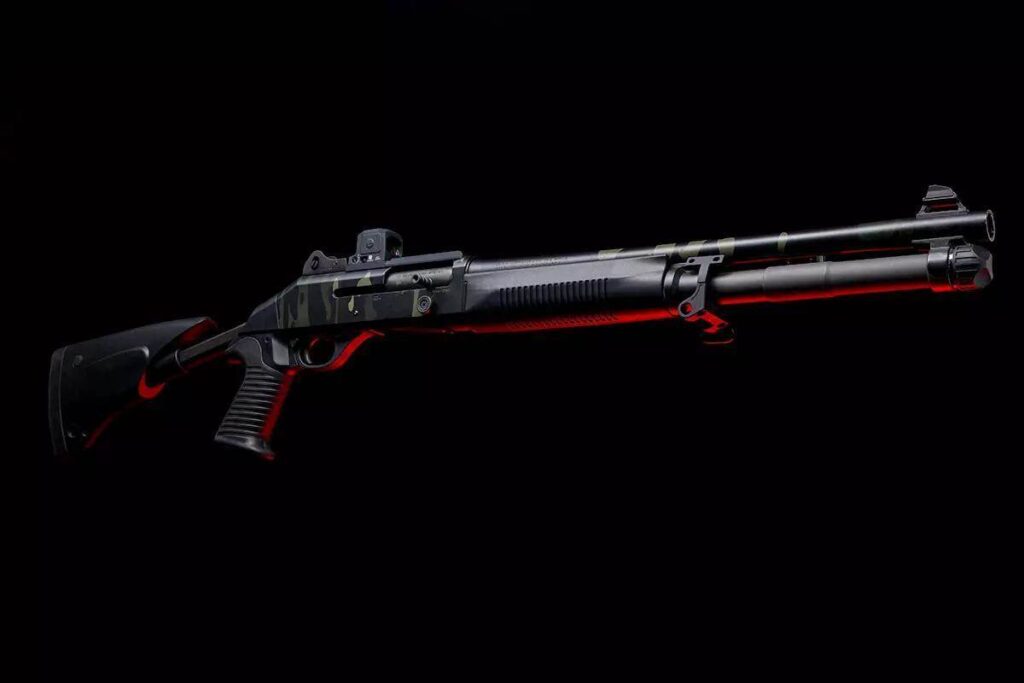Peeking around a corner to engage a threat is always a little risky. What if someone is waiting right around that corner with a Kalashnikov and ill intent? That’s been a threat to deal with since cartridge firearms and open warfare have been fought. Throughout the history of warfare, there have been numerous attempts to figure out how to shoot around cover without exposing the shooter. Some are tactics-based, but others involve technology, and today we are examining the technology side of shooting around corners throughout history.
Periscope Rifles
World War 1 was a meat grinder involving trenches and brutal combat. The trenches provided protection and cover from the enemy. Peeking over a trench could result in some full-powered rifle rounds to the face. This brought about the idea of periscope rifles. These weapons varied depending on who made the gun. Some were quite complicated and split nearly in half to elevate the gun.
Advertisement — Continue Reading Below
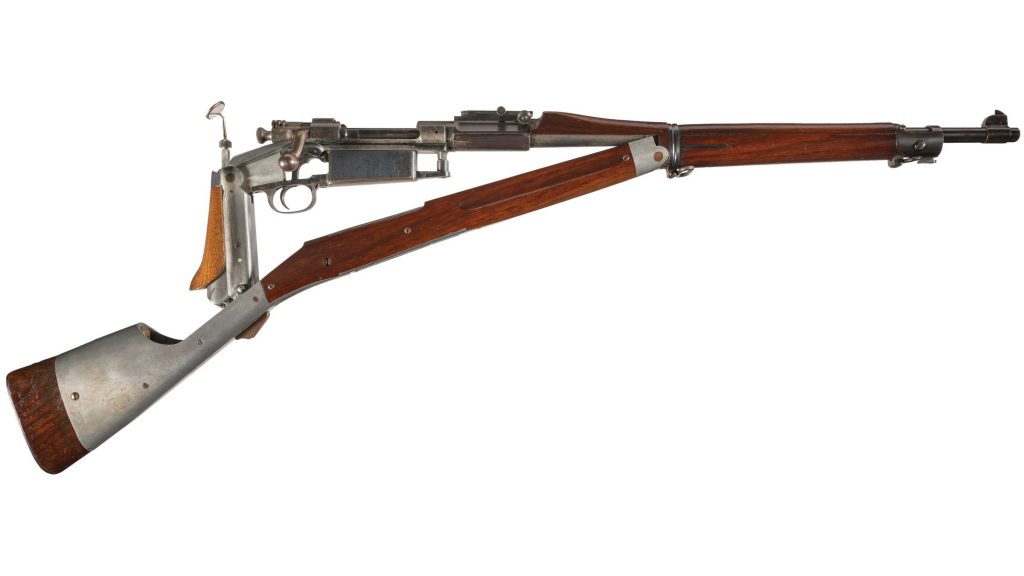
Others used simple mounts and periscope optics to get the job done. The Australians designed one, as did the Dutch, Russians, French, British, and Americans. The American variant employed a 25-round trench magazine to help with the reloading issue. We wouldn’t see a big return to trench warfare, so the periscope rifle died in World War 1.
Krummlauf STG 44
The Nazis did a lot of meth, and that’s really apparent near the end of the war. Their creative ideas were often silly, but they were desperate for anything that would turn the tide of the war. The Krummlauf was one of those ideas. This design fits the STG 44 with a bent, curved barrel to allow the user to shoot around corners or in armor from a vertical mount.
Advertisement — Continue Reading Below
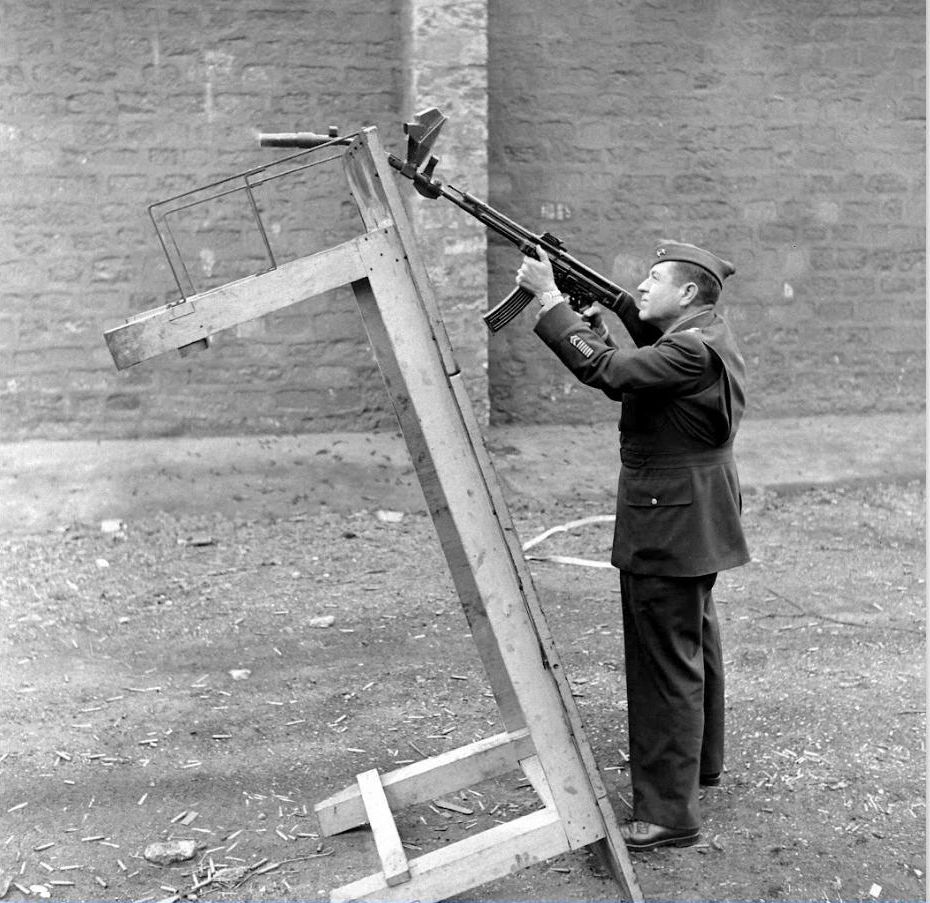
The infantry version bent the barrel 30 degrees, and the Nazis dropped a periscope-style optic to allow the shooter to see and aim around corners. The entire idea was silly. The barrel life was about 300 rounds, and in US Army testing, the Army found that bullets were breaking inside the barrel at the curve. Needless to say, this didn’t work well.
The CornerShot
Advertisement — Continue Reading Below
I tuned in weekly to watch this show called Future Weapons in the early 2000s. I loved the show, and watching back now, it’s still entertaining and interesting. One of the first episodes, if not the first, featured a device called the CornerShot. The name explains it all, it shoots around corners. The CornerShot wasn’t a weapon, but it was a stock system you dropped a weapon into. The device was the size of a rifle, and you fit a handgun into the end of it.
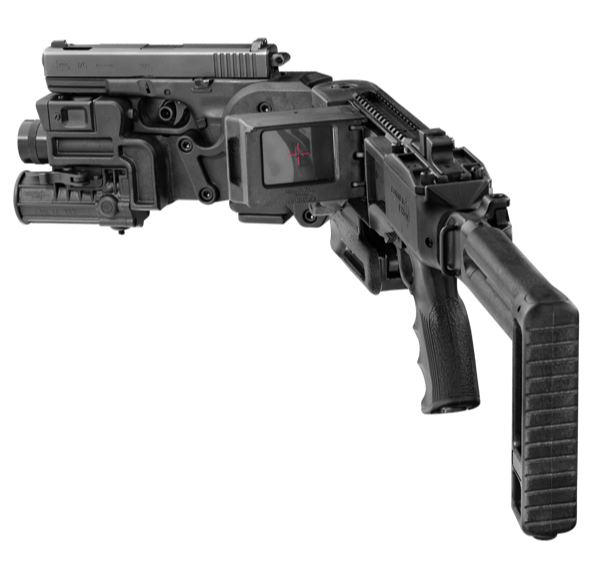
Below the handgun sits a camera, and a folding screen broadcasts to the user what you are seeing. A hinging component allows the user to fold the device and gun around a corner to either the left or right. The user can position the handgun around a corner, aim through a screen, and engage the threat. This Israeli innovation is still kicking around but only saw limited adoption.
Advertisement — Continue Reading Below
Aimpoint Concealed Engagement Unit
One of the more practical means to aim around a corner came from Aimpoint. In 2008 they released the Concealment Engagement Unit. This device works similarly to a magnifier but with no magnification. It mounts behind a red dot and is curved, and works like a periscope. You gaze through it, and you can see around a corner.
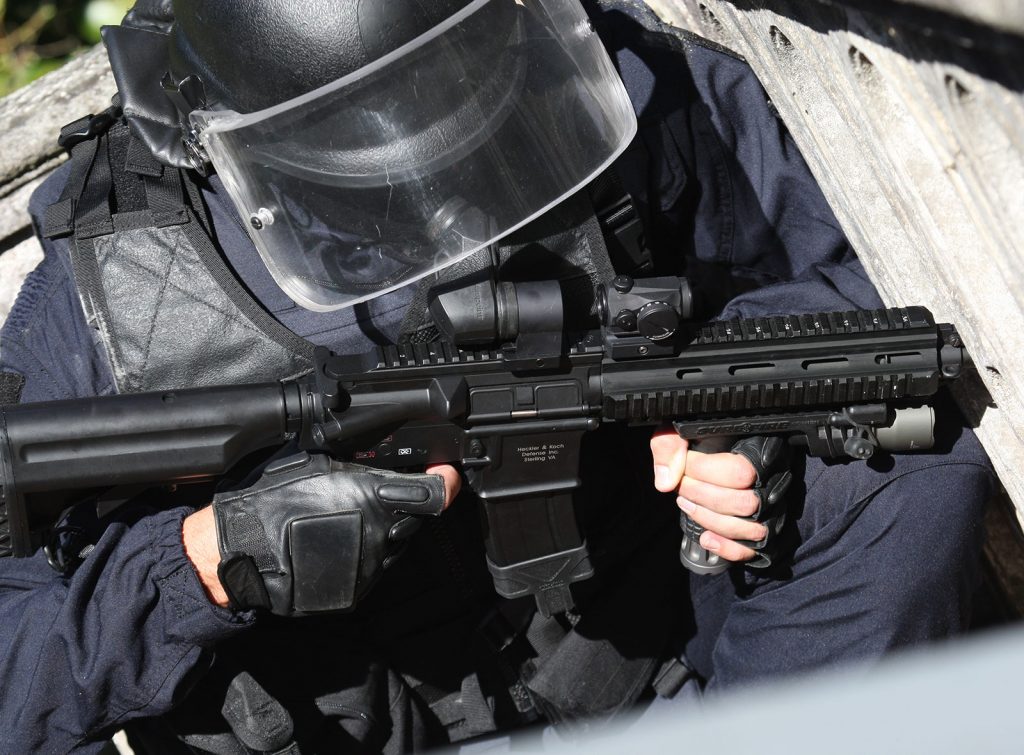
Advertisement — Continue Reading Below
Admittedly putting guns around corners will likely expose your hands, but not much else. I’d also imagine not shouldering the weapon and having a proper stance really limits your effective range. The CEU could spin from side to side and offer a variety of angles, and could quickly dismount to allow for normal use of your red dot.
The GunEye
The latest option I’ve seen comes from a company called GunEye. GunEye released a Picatinny rail-mounted camera that attaches to your firearm and wirelessly broadcasts to your smartphone. Point he gun around your corners and watch the video display on your phone. It premiered at 2023’s SHOT but is still in the preorder stage, so it’s tough to properly judge how well it works. While I like the idea, I’m not sure how much use it will be.
Advertisement — Continue Reading Below
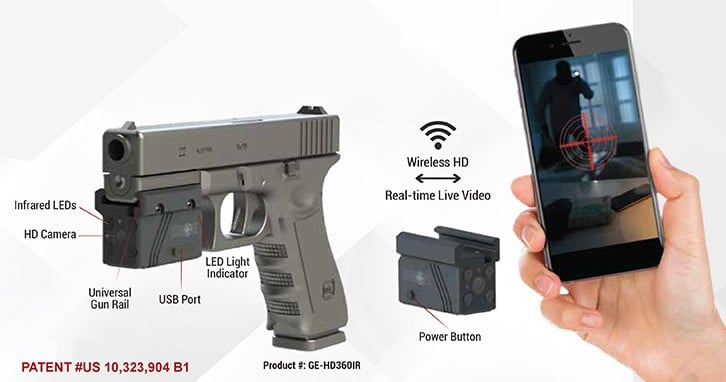
Tactics Win
As far as I’m concerned, the best way to clear a corner is still tactically based. It could be a slice-the-pie situation, a toss-a-frag, or throw a drone up, depending on your situation. While gear can help, good tactics still win the day.
Advertisement — Continue Reading Below
